We offer you the choice between two different camera systems – static, small, unmanned cameras and moving, higher quality ZOOM cameras with camera staff.
Both variants shine in different situations with their respective features. The combination of the two systems allows you to create a creative, varied image design for your event.
Static cameras – without personnel:
Strengths:
- Since no personnel is required, the use is very inexpensive.
- 3 cameras are always included in the basic set. Each additional one costs only 50 € / day.
- The small cameras are easy to move and take up little space.
- The cameras are creatively versatile, as they can also be attached to tubes, frames or similar by means of a clamp, thus enabling special perspectives or even (a) close-up, e.g. of a musical instrument.
Weaknesses:
- The cameras cannot stand at the end of the room and capture a close-up of a speaker at the front of the lectern. The cameras must be relatively close to the desired object.
- The image quality is not quite as high as with the DSLR camera.
By the way: We actually use iPhones here. No worries, the quality is actually perfectly adequate for the purposes described here !
1to1 sample images of the static cameras:
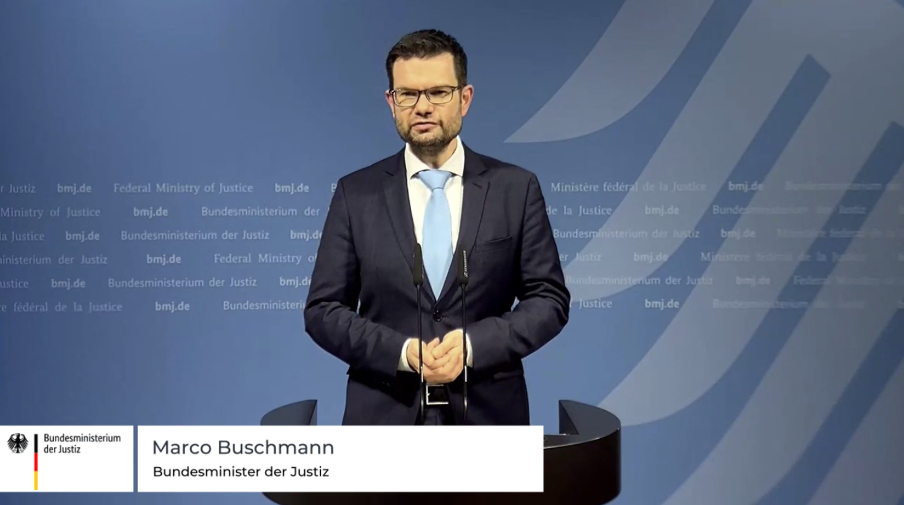


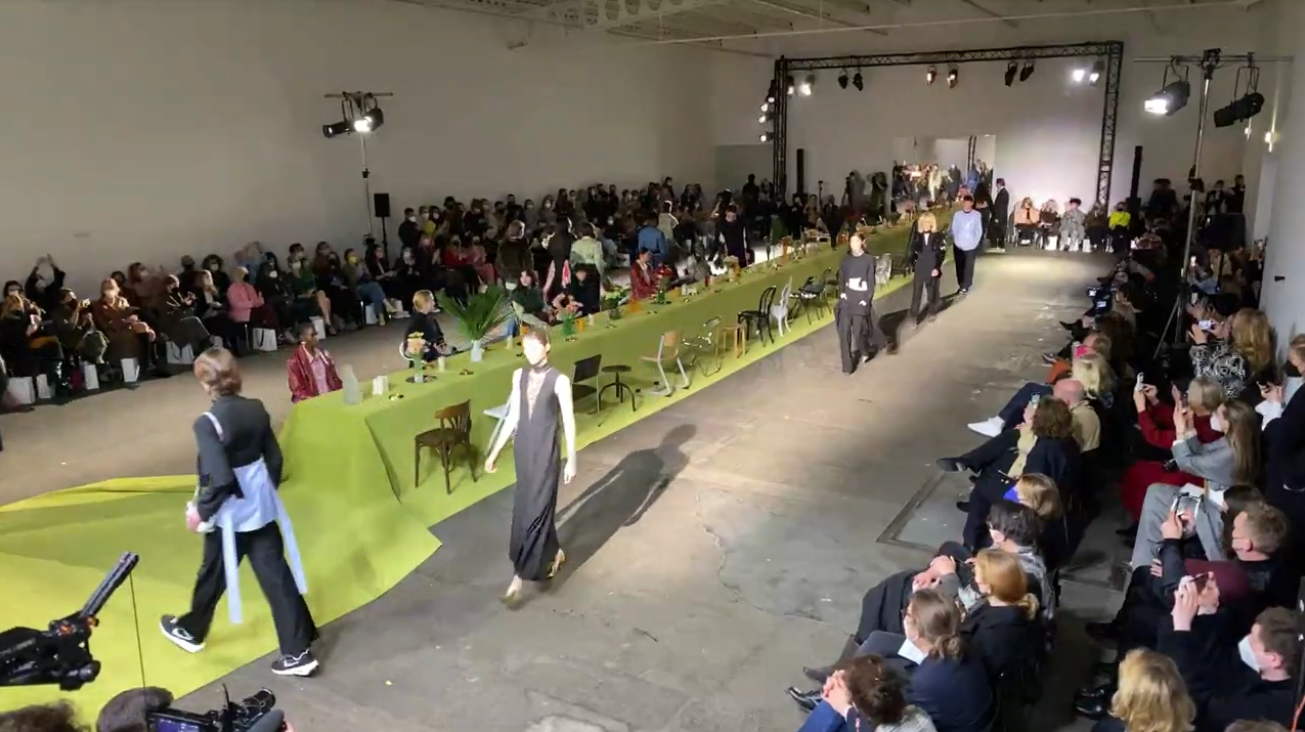
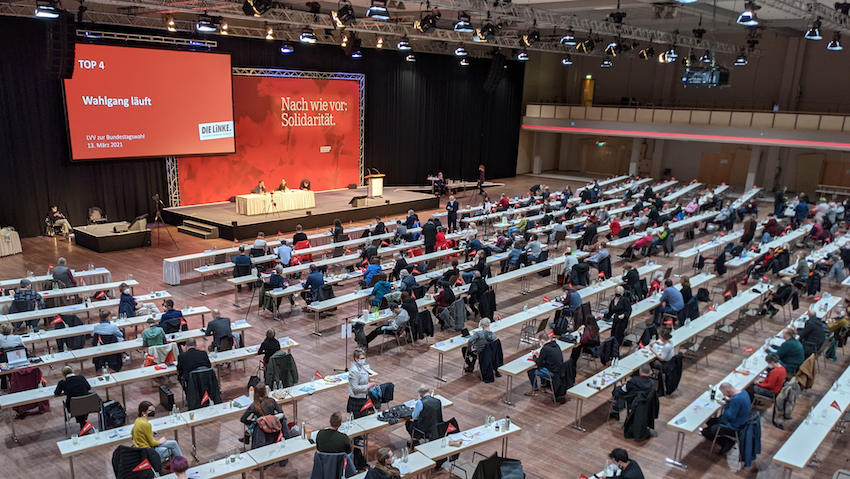
Zoom cameras – with staff:
Strengths:
- The image quality is better than that of the small static cameras.
- Due to the camera person, the camera is movable and allows many more perspectives – including close-ups, even of distant people or objects.
- We can make the camera even more mobile by mounting it on rollers, a “monopod” or a “shoulder rig” (“shoulder camera”). This way you can be flexible.
Weaknesses:
- The camera and its integration into our live stream setup is much more complex and therefore more expensive (200 €).
- To use the features mentioned above (e.g. panning, zooming, etc.) the DSLR must be manned by a camera person, which means correspondingly more manpower.
- The camera and the camera person take up more space in the room than a static camera.
1to1 sample images of the zoom cameras:
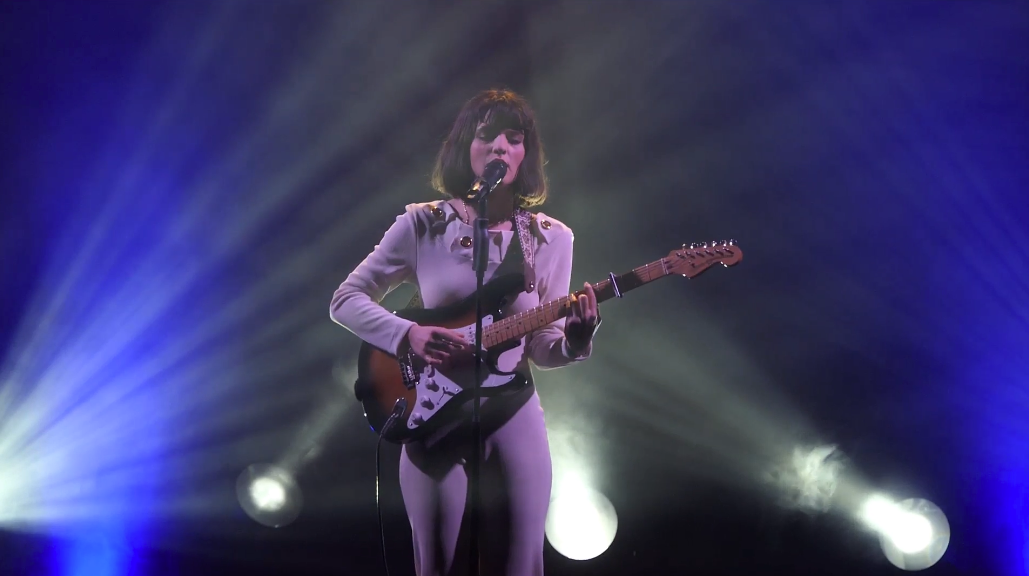
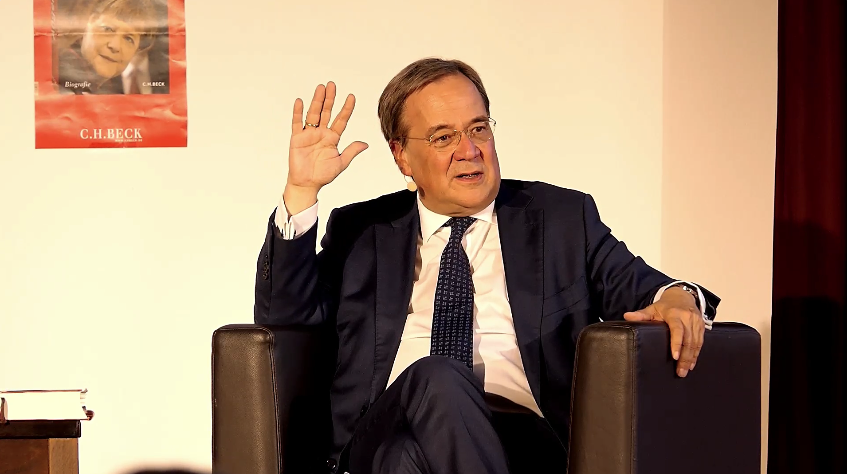
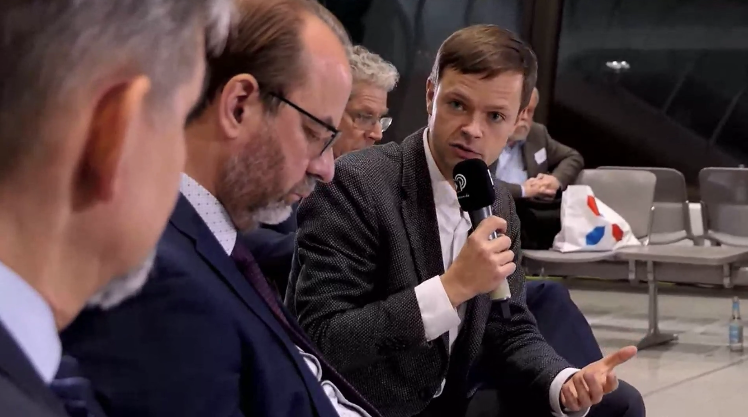
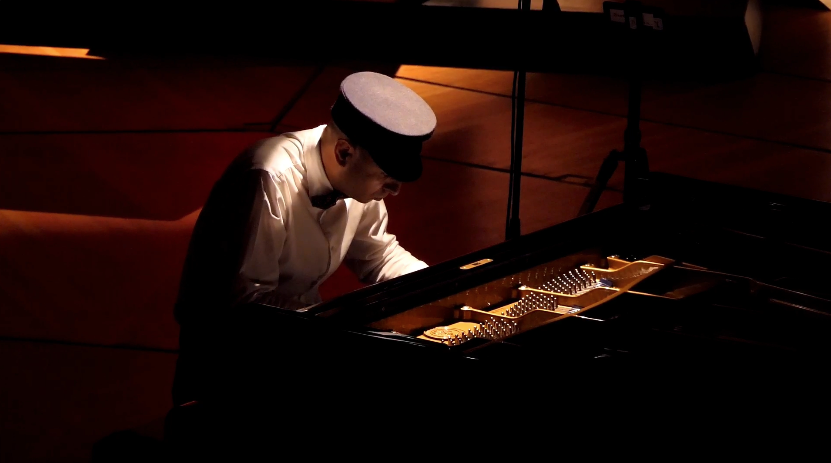
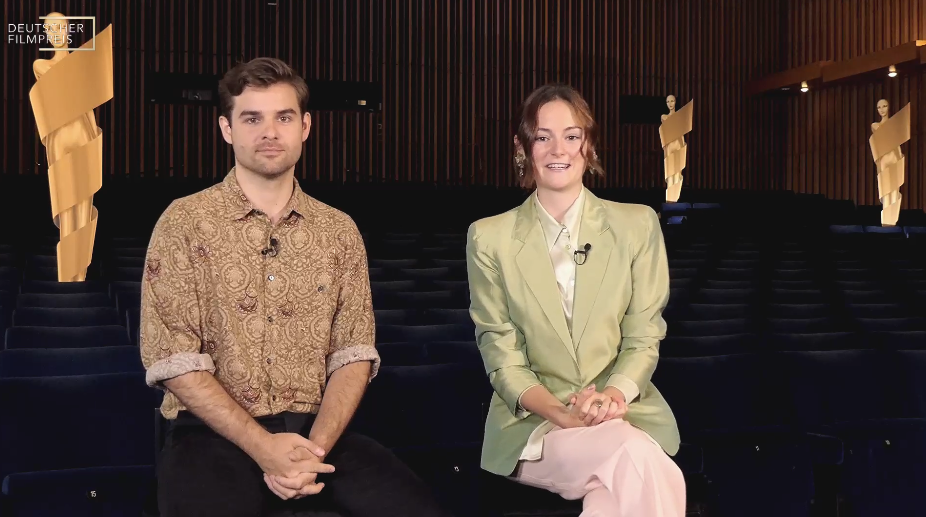
Remote PTZ Zoom Cameras:
Strengths:
- The cameras are remotely controlled via control panel and are distributed in the room. Thus, they are relatively unobtrusive and take up little space.
- A single camera operator can control a set of three PTZ cameras simultaneously. This saves camera personnel. Likewise, the person sits next to the director, which allows direct communication.
- The setting options and the cameras are like our regular zoom cameras. All perspectives are possible – from long shot to close-up. The quality is still a bit better in comparison.
- The cameras can rotate up to almost 360 degrees in a circle. Thus, virtually all corners of the room can be covered.
- The cameras are supplied with power and can thus be used without time limit.
Weaknesses:
- The cameras must be connected with a cable. This goes in each case from the direction to the respective camera. This requires some setup time, as well as cabling through the room, with covering of the cables.
- Once the cameras are set up, you can’t move them to another position. Therefore, one must be clear in advance about desired perspectives.
The PTZ camera and control panel:
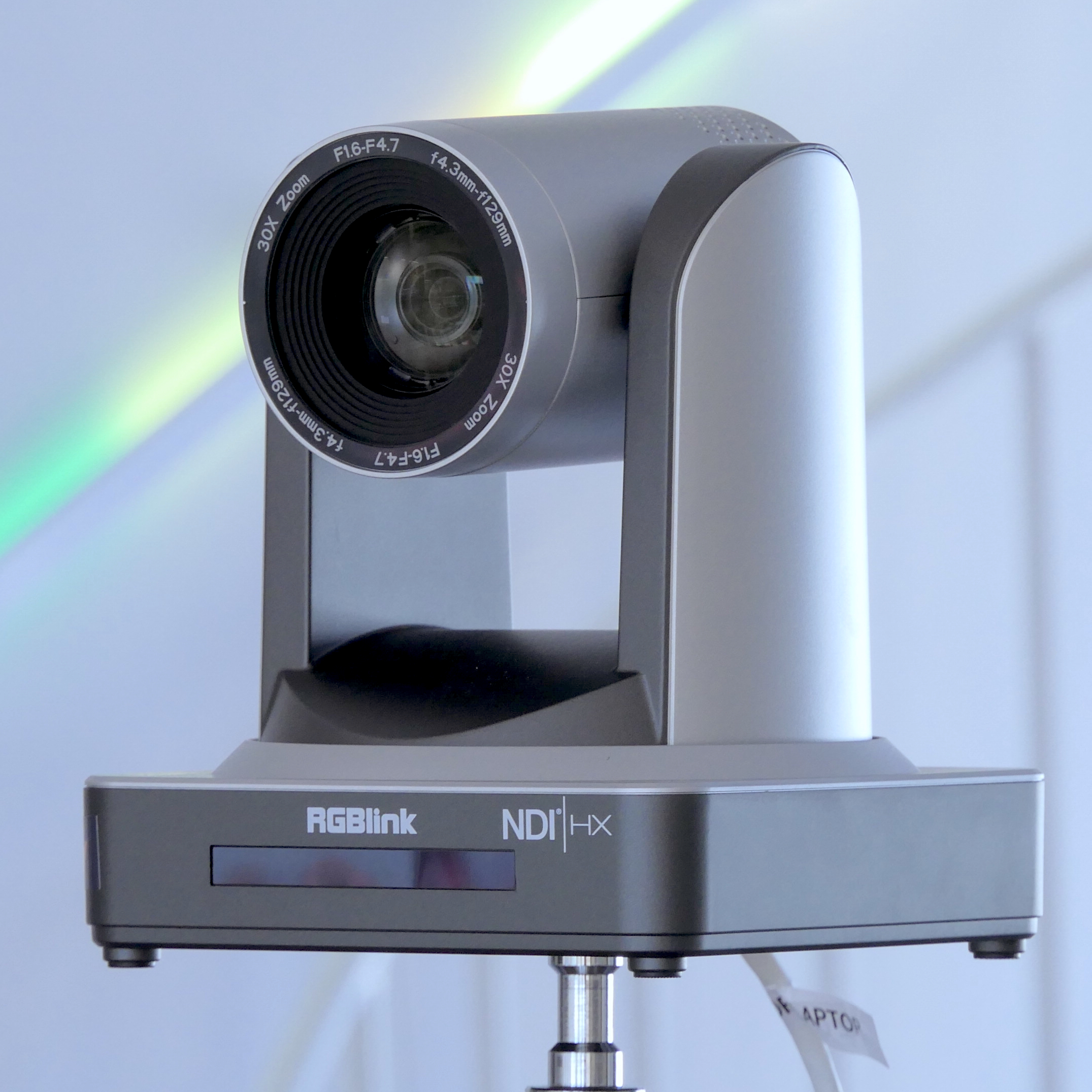
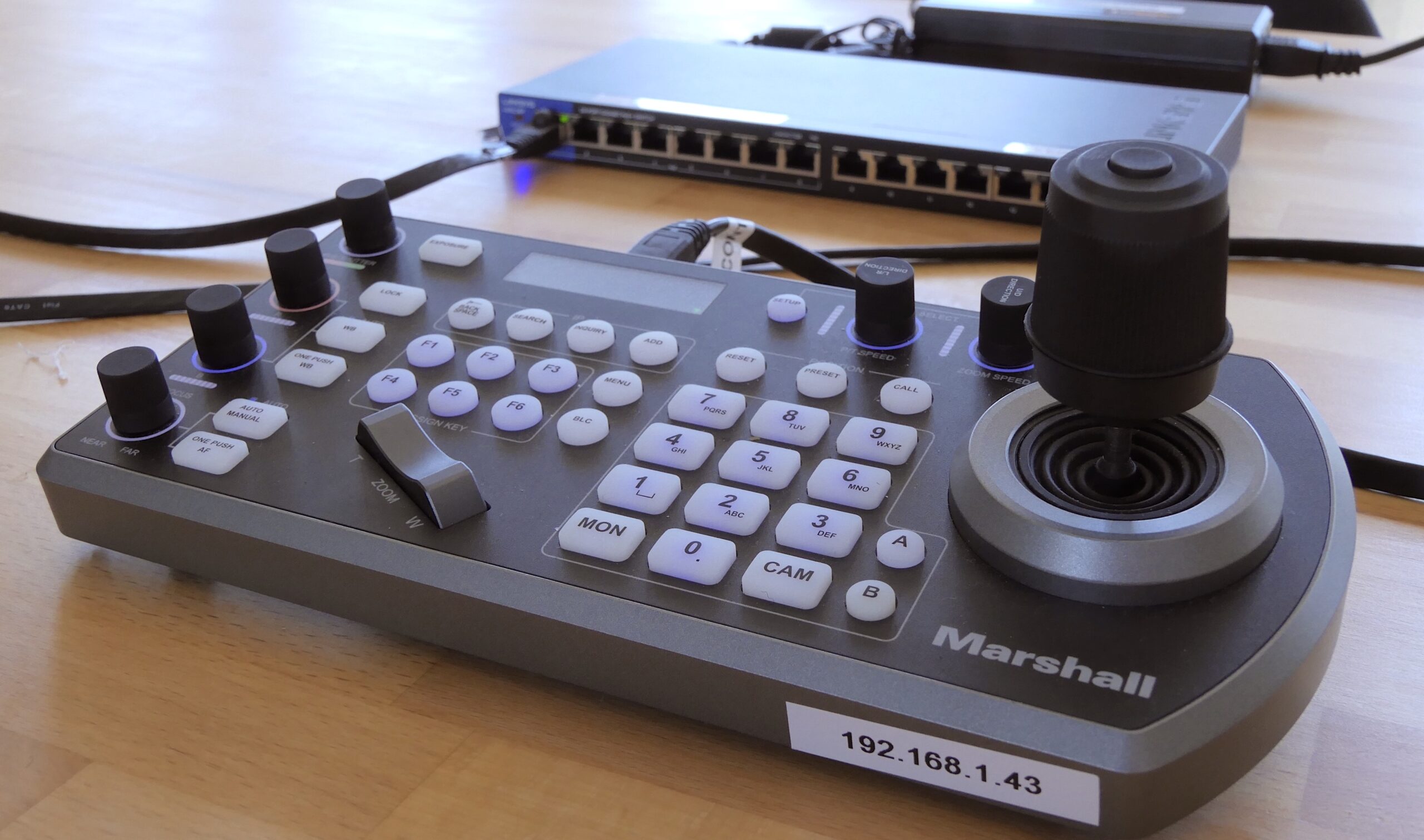
Conclusion and recommendation:
Depending on the orientation of your event, different combinations of cameras are worthwhile.
The remote PTZ cameras come in a set of 3, which gives them all the design possibilities and allows them to ideally cover everything in the room. This variant is also the most cost-intensive, but offers qualitative advantages.
If you do want something smaller, our recommendation is to combine one or two regular ZOOM cameras with three to five static cameras. Medium budgets should at least keep a ZOOM camera. Only in the case of very static formats (e.g. a press conference with three speakers sitting end-to-end) is it advisable to use static cameras alone.
For customers with a relatively small budget, we recommend at least the basic set of 3 static cameras, supplemented with one or two additional static cameras.

